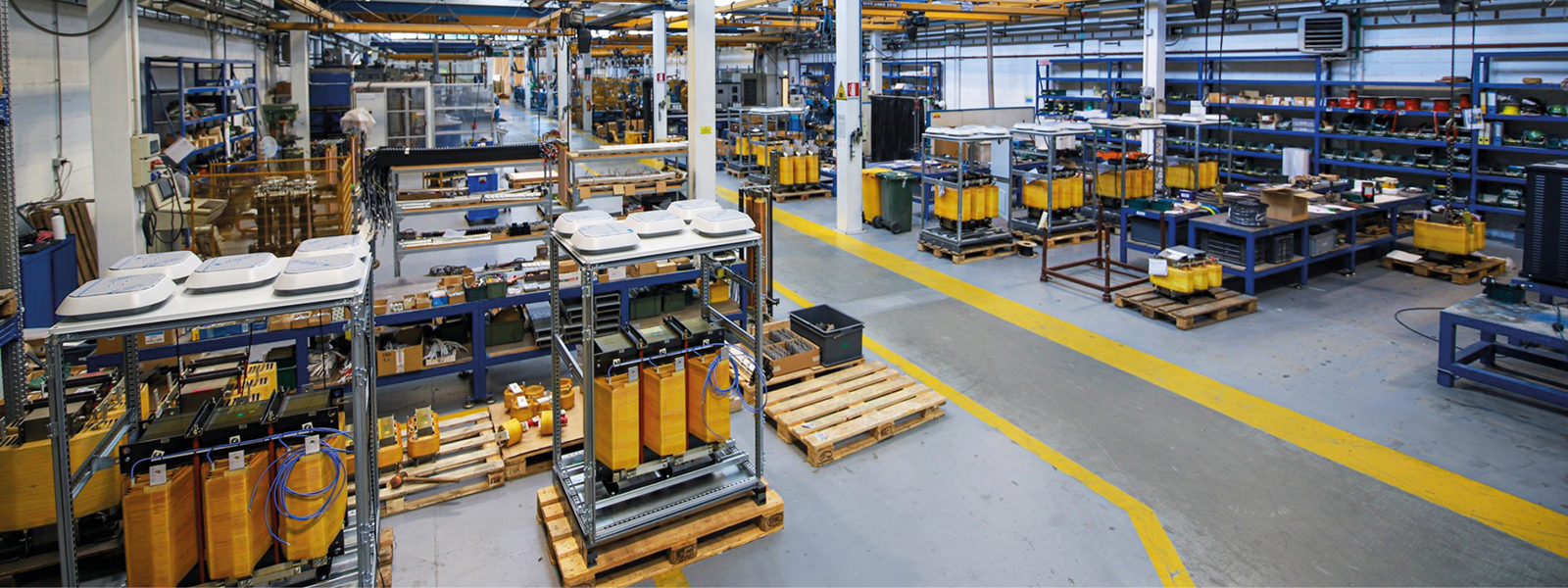Introduction
Isolation transformers are fundamental electrical devices that play a key role in the protection of electrical equipment. In this article, we will explore what isolation transformers are, how they work and what their benefits are. We will also find out in what situations they can be used and what benefits they can offer. If you are looking for solutions to protect your equipment, the isolation transformer could be the answer you are looking for.
What are isolation transformers
An isolation transformer is an electrical device used to transfer electrical energy from a primary circuit to a secondary circuit, while ensuring galvanic isolation between the two circuits. Galvanic isolation prevents the direct passage of electric current between circuits, providing a higher level of safety for users and protecting equipment from possible damage caused by overloads or short circuits.
Transformers consist of two windings wound around a ferromagnetic core, and are designed to have a specific transformation ratio, which determines the output voltage with respect to the input voltage.
How Isolation Transformers Work
The function of isolation transformers is based on the principle of electromagnetic induction. When alternating current flows in the primary circuit, a variable magnetic field is created in the core of the transformer. This magnetic field induces an electric current in the secondary circuit, generating the output voltage. Since the two circuits are galvanically isolated, there is no direct electrical connection between them.
Galvanic isolation is particularly important in situations where it is necessary to prevent the formation of ground loops or protect equipment from electrical disturbances. For example, in photovoltaic installations, isolation transformers are often used to ensure the safety of personnel and equipment while minimizing the risk of fire and electrical damage.
In what situations can isolation transformers be used
Isolation transformers find application in a variety of contexts, and it is crucial to understand when and where they can be used. Some situations where the use of isolation transformers is particularly beneficial include:
- Photovoltaic installations: In the context of renewable energy, isolation transformers are essential to ensure that the energy produced by photovoltaic panels is safe for the electricity grid and end users.
- Industrial environment: where complex electrical machinery and control systems are present, isolation transformers protect sensitive equipment from electrical disturbances and minimize the risk of failure.
- Sensitive Electronic Equipment: In laboratories or environments with sensitive electronic equipment, isolation transformers can help prevent damage caused by unwanted electrical discharges.
- Charging Stations for Electric Vehicles: In electric vehicle charging systems, isolation transformers are used to protect both vehicles and electrical infrastructure from isolation problems.
- Professional Audio and Video Systems: In professional audio and video systems, isolation transformers are used to eliminate hum and electromagnetic noise that could affect the quality of audio or video.
Conclusions
Isolation transformers are essential tools for protecting equipment. By providing galvanic isolation between circuits, they offer safety and reliability, reducing energy consumption and protecting equipment from damage and disturbances. If you are looking for solutions to protect sensitive equipment, consider using isolation transformers. Their flexibility makes them suitable for multiple applications, from industrial to renewable energy and beyond.







